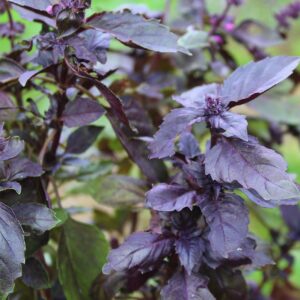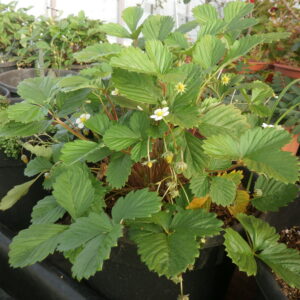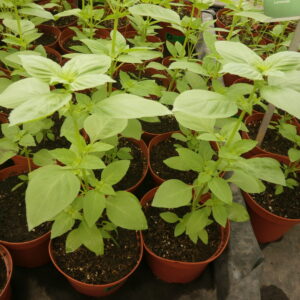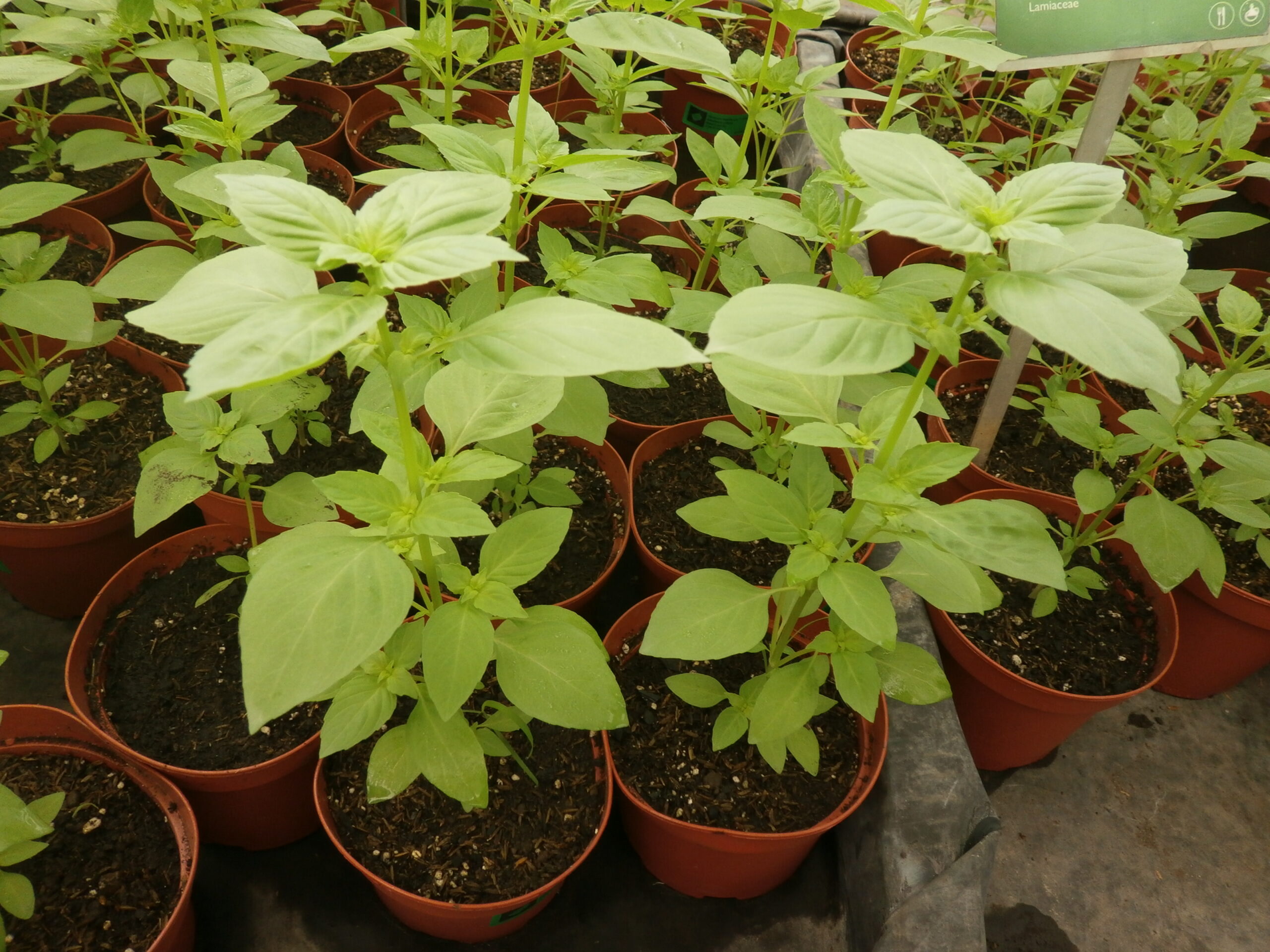
Basil, Greek
₡1,900.00
Out of stock
Related products
-

Basil, Purple (albahaca morada)
Culinary Garden ₡1,900.00 Add to cart
Basil, Purple (albahaca morada)
₡1,900.00
SKU: 0105 Category: Culinary GardenScientific name: Ocimum basilicum
Family: Lamiaceae
Origin: India and SE Asia
Medicinal use:In addition to its organoleptic properties, it is widely used to color many dishes, not only in Italian cuisine or a different pesto sauce, both fresh and dry we can use this aromatic herb in soups, salads, purees, sauces, vinaigrettes , meat, fish and even desserts.
38 in stock
-

Strawberry, Red
Culinary Garden ₡1,900.00 Add to cart
Strawberry, Red
₡1,900.00
SKU: 0795 Category: Culinary GardenScientific name: Fragaria vesca
Family: Rosaceae
Origin: Europe and W Asia
Medicinal use:Strawberries are used as raw material in many processed products, such as liqueurs, syrups, custards, compotes, mousse, cake fillings, sweets, sauces, ice cream pulp, sorbets, cakes, yogurts, smoothies, jams and preserves. The crushed strawberries are used to make the familiar strawberry shortcake, and the cooked strawberries and strawberry preserves can be used as filling for cakes, muffins and donuts.
45 in stock
-

Basil, Lemon
Culinary Garden ₡1,900.00 Add to cart
Basil, Lemon
₡1,900.00
SKU: 0100 Category: Culinary GardenScientific name: Ocimum basilicum
Family: Lamiaceae
Origin: S Asia and NE Africa
Medicinal use: In Laos, lemon basil is widely used in curries, stews, and fried dishes as it is the most commonly used type of basil in Laos. Many of the stews of Lao cuisine require the use of lemon basil. It is often eaten raw in salads or lalap (raw vegetables) and accompanied by sambal. Lemon basil is often used to flavor certain Indonesian dishes, such as curries, soups, stews, or steamed or grilled dishes.
35 in stock
-

Arracacha
Culinary Garden ₡1,900.00 Add to cart
Arracacha
₡1,900.00
SKU: 0220 Category: Culinary GardenScientific name: Arracacia xanthorrhiza
Family: Apiaceae
Origin: S America
Medicinal use:The uses of arracacha are very similar to those of potatoes. This tuber is used in South American gastronomy to prepare various dishes, soups, stews, meatballs, cakes, gnocchi, purees and garnishes. The arracacha provides a special flavor and color to the dishes. The young stalks can be consumed in salads. Given its nutritional value, the consumption of arracacha is recommended in the diet of children, the elderly and convalescent.
15 in stock


